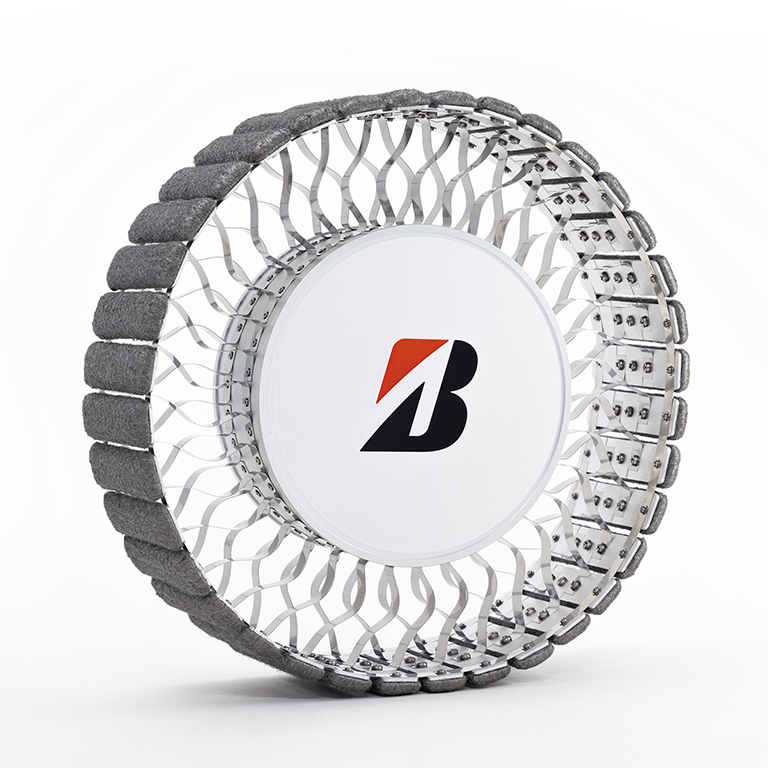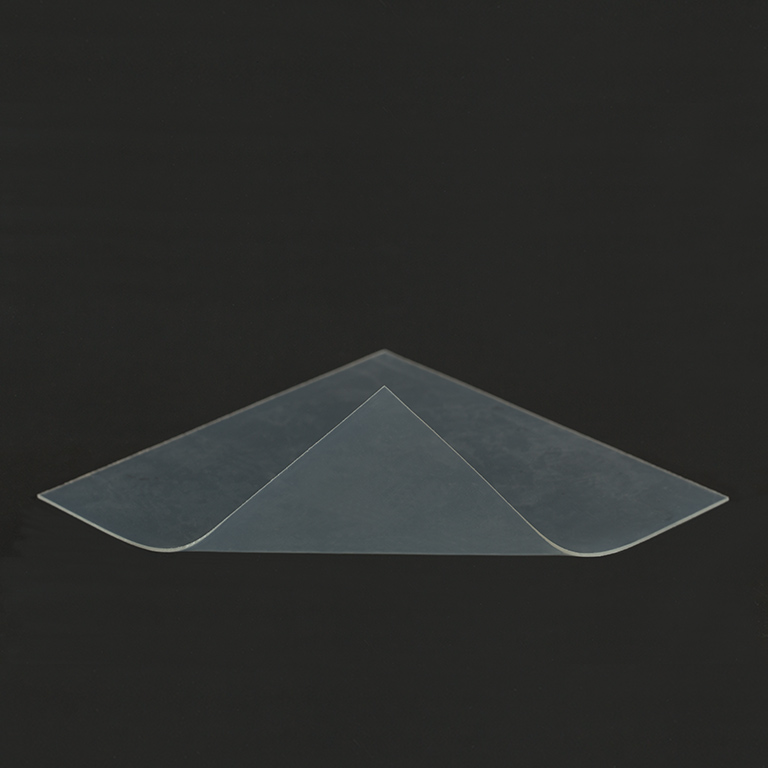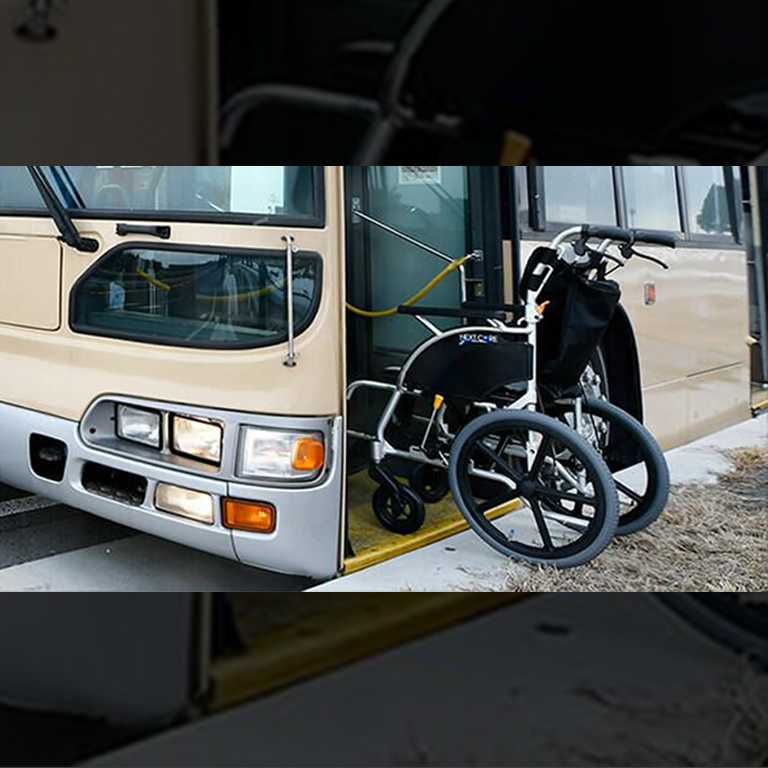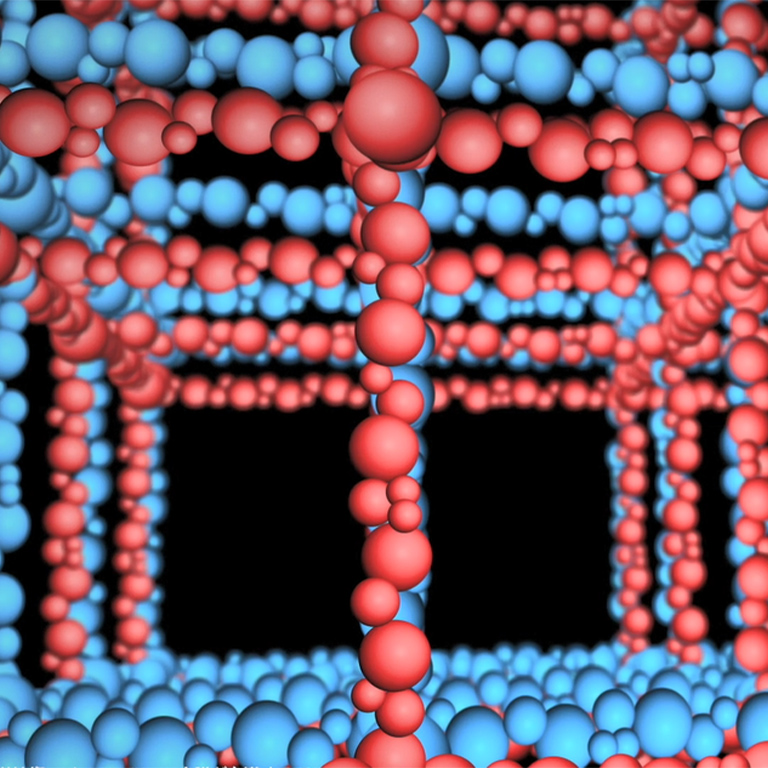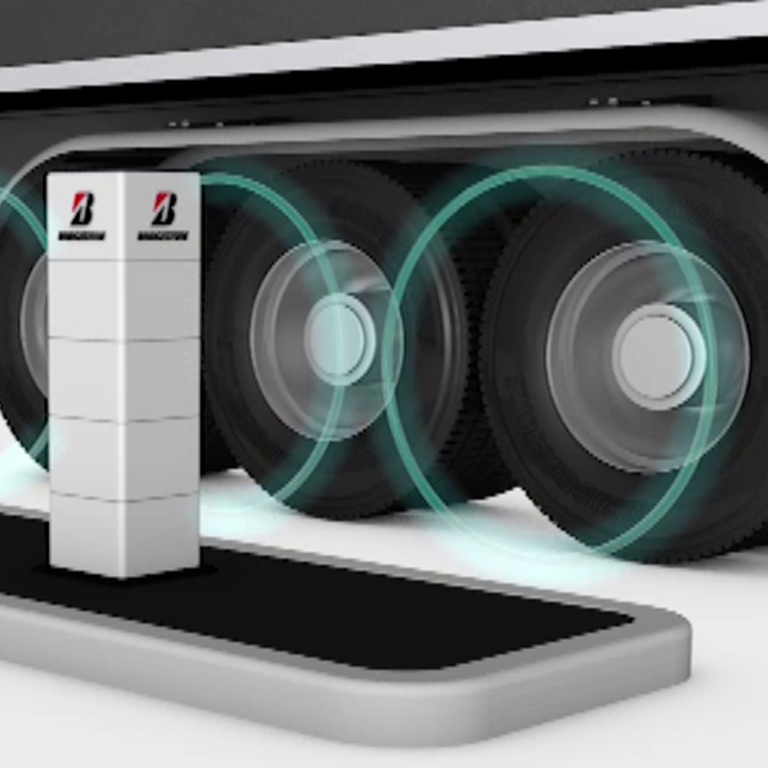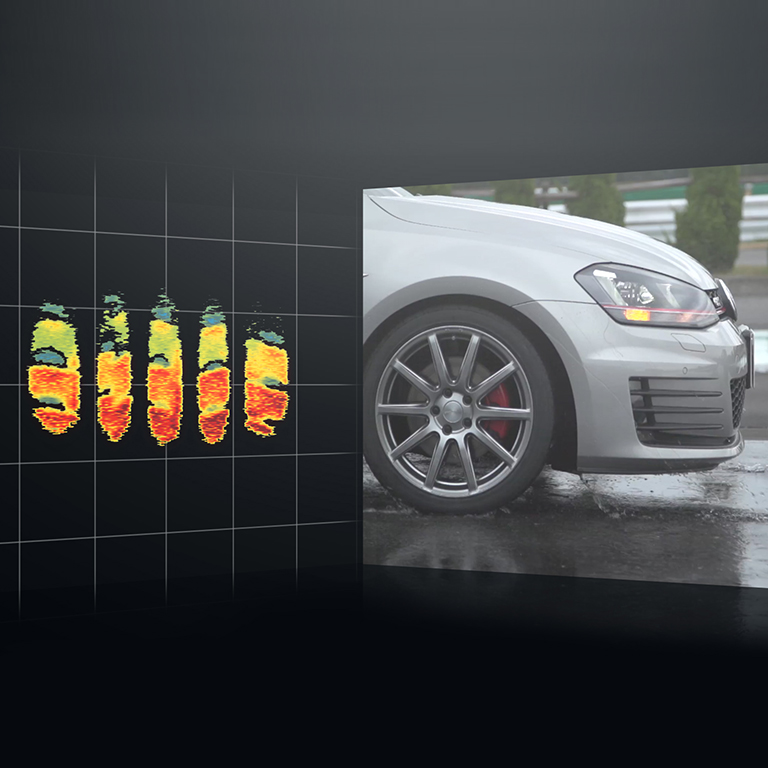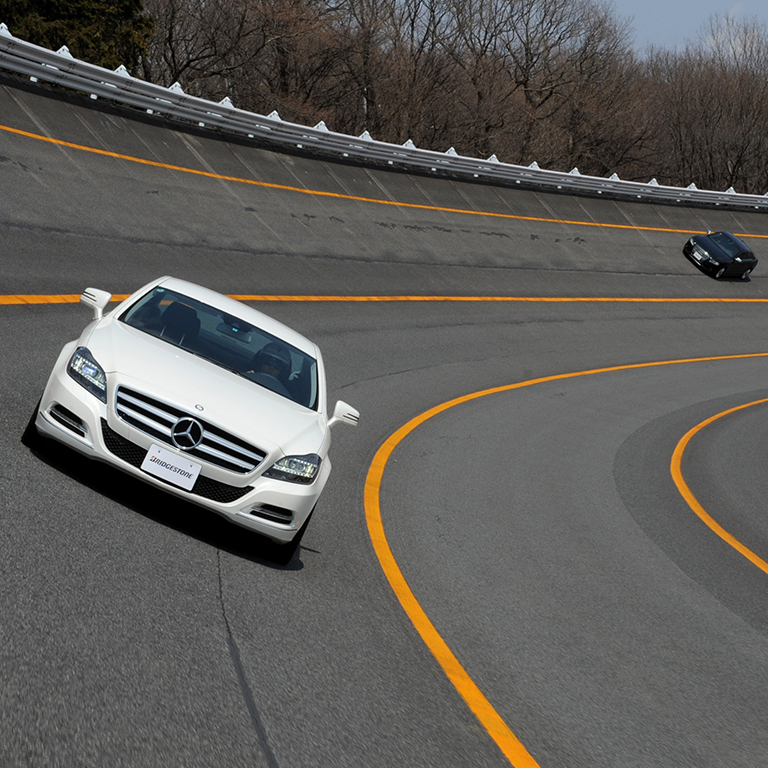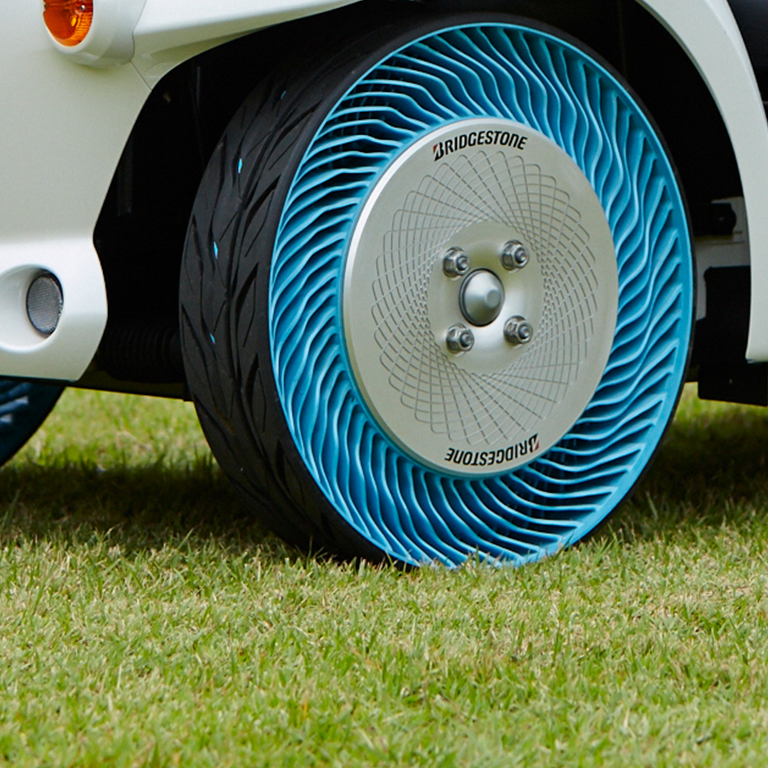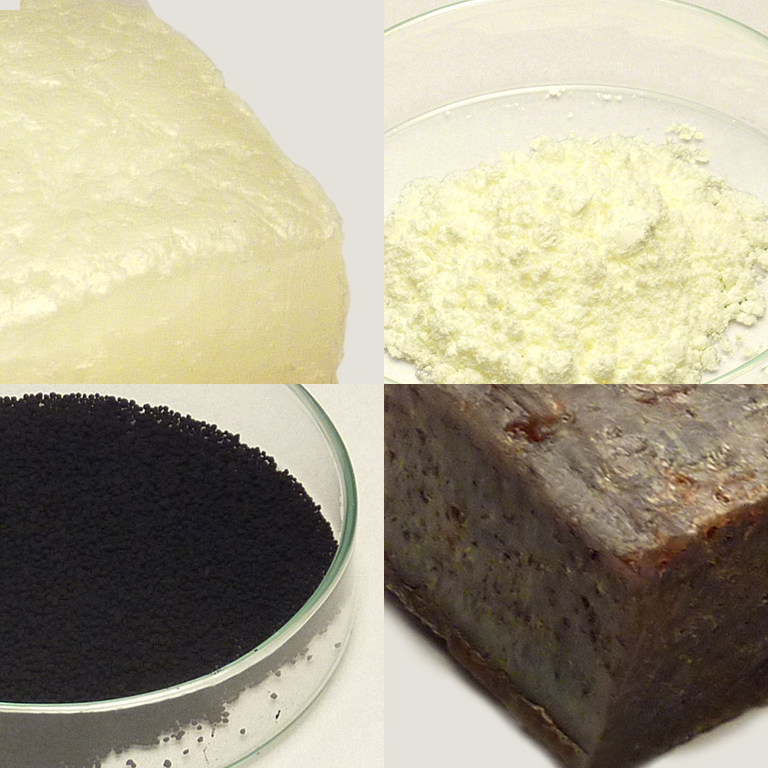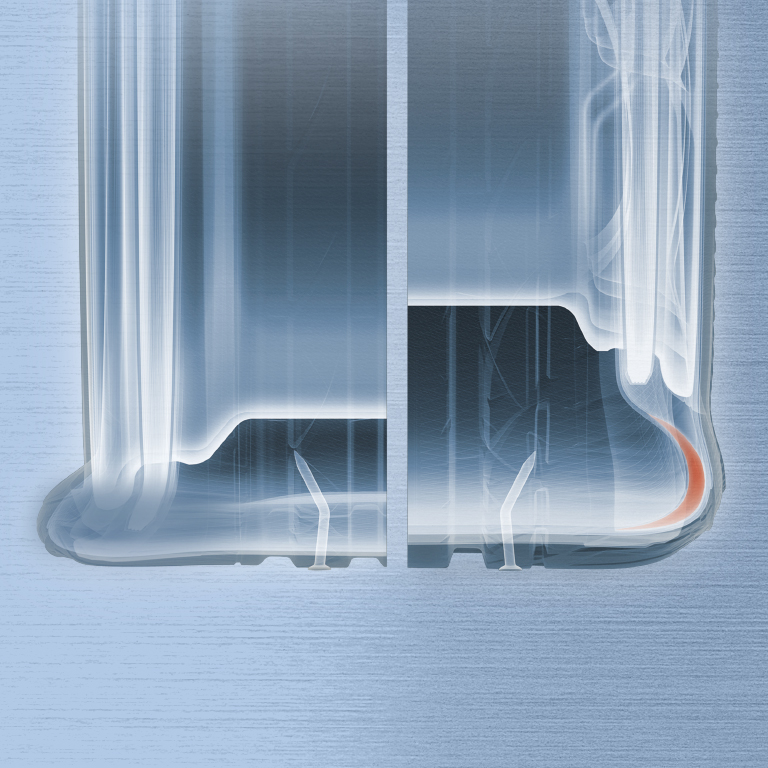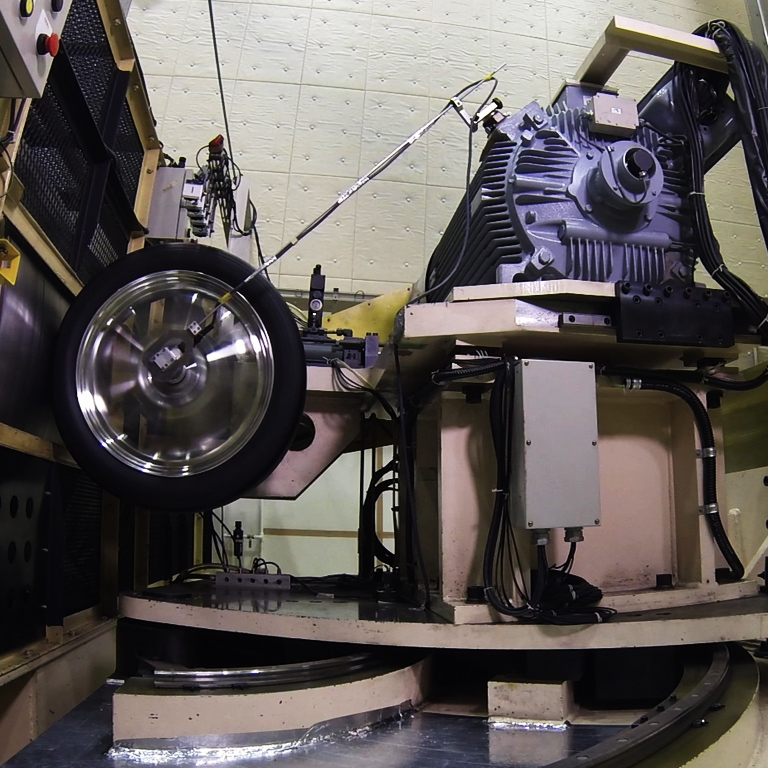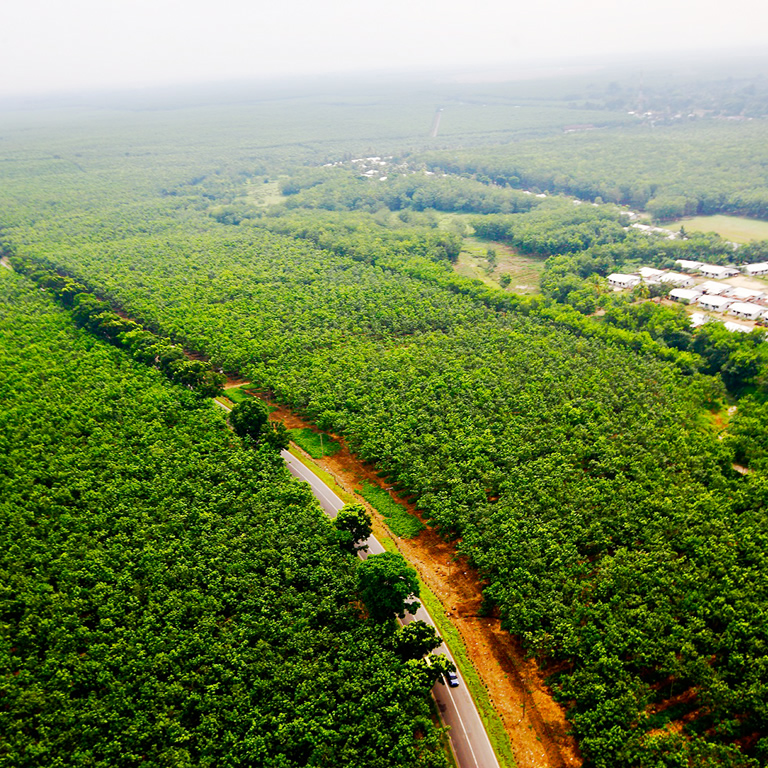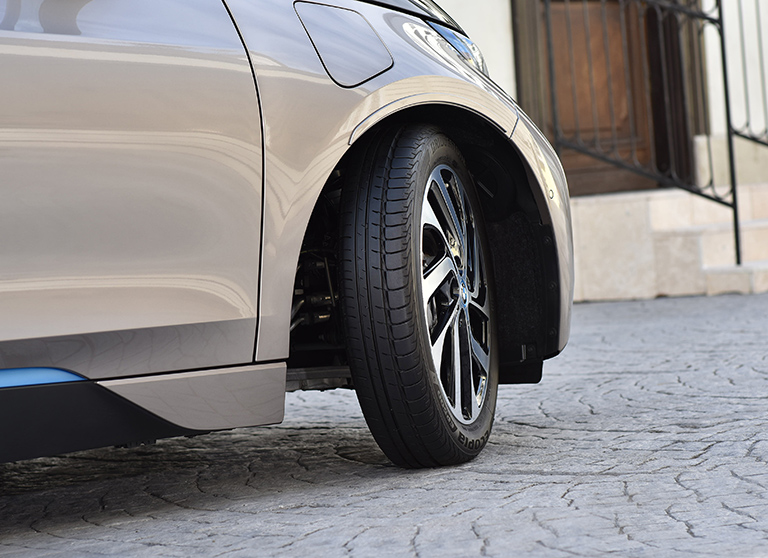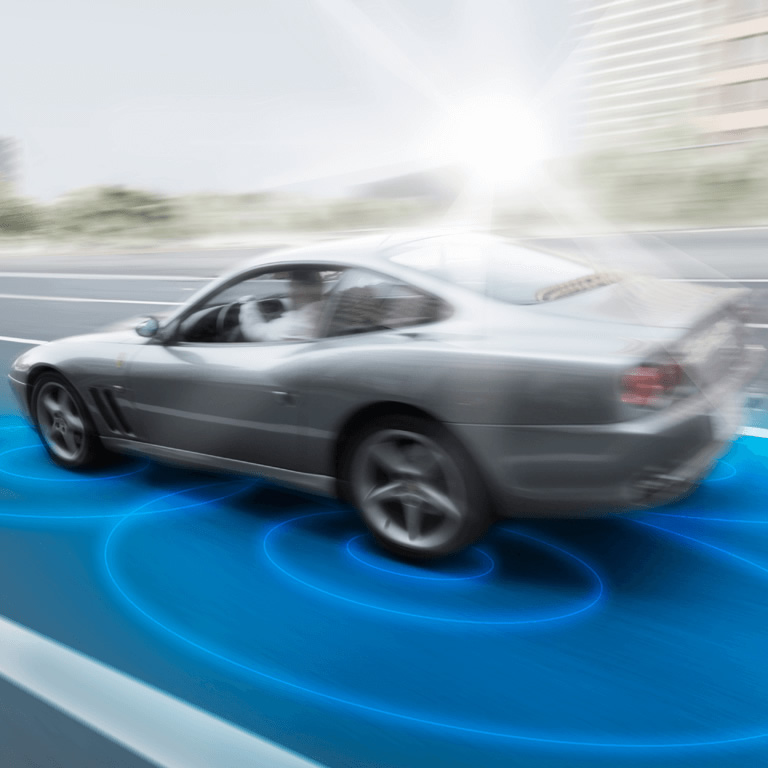
Bridgestone’s Run-Flat Tire Technology
Continue driving up to 50 miles after a puncture
The Bridgestone group’s run-flat tires give drivers peace of mind. Unlike conventional tires which need to be changed or repaired immediately after a puncture, run-flat tires can safely drive on for up to 50 miles (80 kilometers) at 50 mph (80 km/h). *1
- *1Drivable distance under conditions based on ISO technical standard or specific vehicle tests.
Benefits
-

1. There is no need to stop and change tires by the road side after air loss is detected so you can continue driving rather than being stranded right away.
-

2. It can contribute to saving materials by eliminating the need for spare tires and wheels, which are seldom used.
-

3. Car interiors can be designed with more flexibility, allowing for more trunk space.
Bridgestone’s run-flat technology
Conventional tires use pressurized air to support the weight of the vehicle. However, when the tire is punctured, air escapes and the weight of the vehicle is no longer supported. This creates a flat tire. When a run-flat tire is punctured, it loses air, but it continues to support the vehicle’s weight using the reinforced sidewalls.
Expansion of run-flat tires
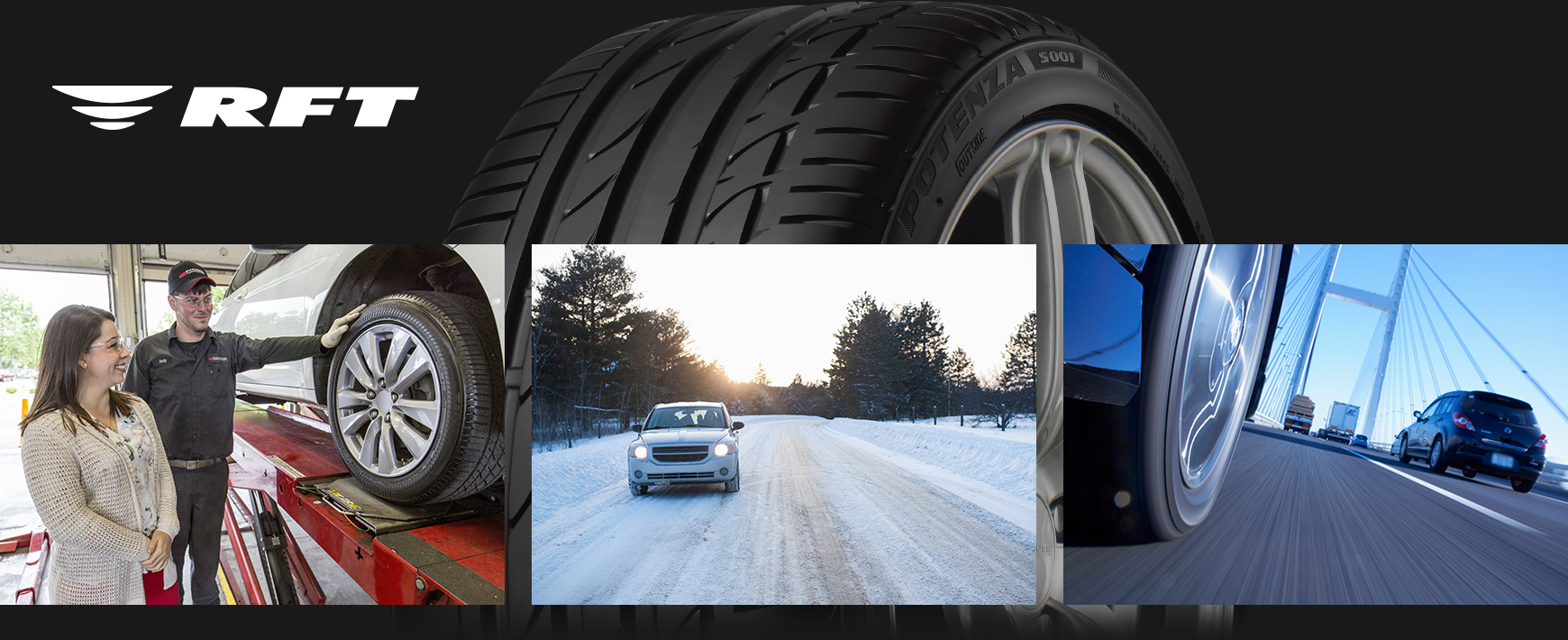
Through the widespread use of run-flat tires, the Bridgestone group aims to contribute to the realization of a safe and stable mobile society while reducing the overall environmental impact.






